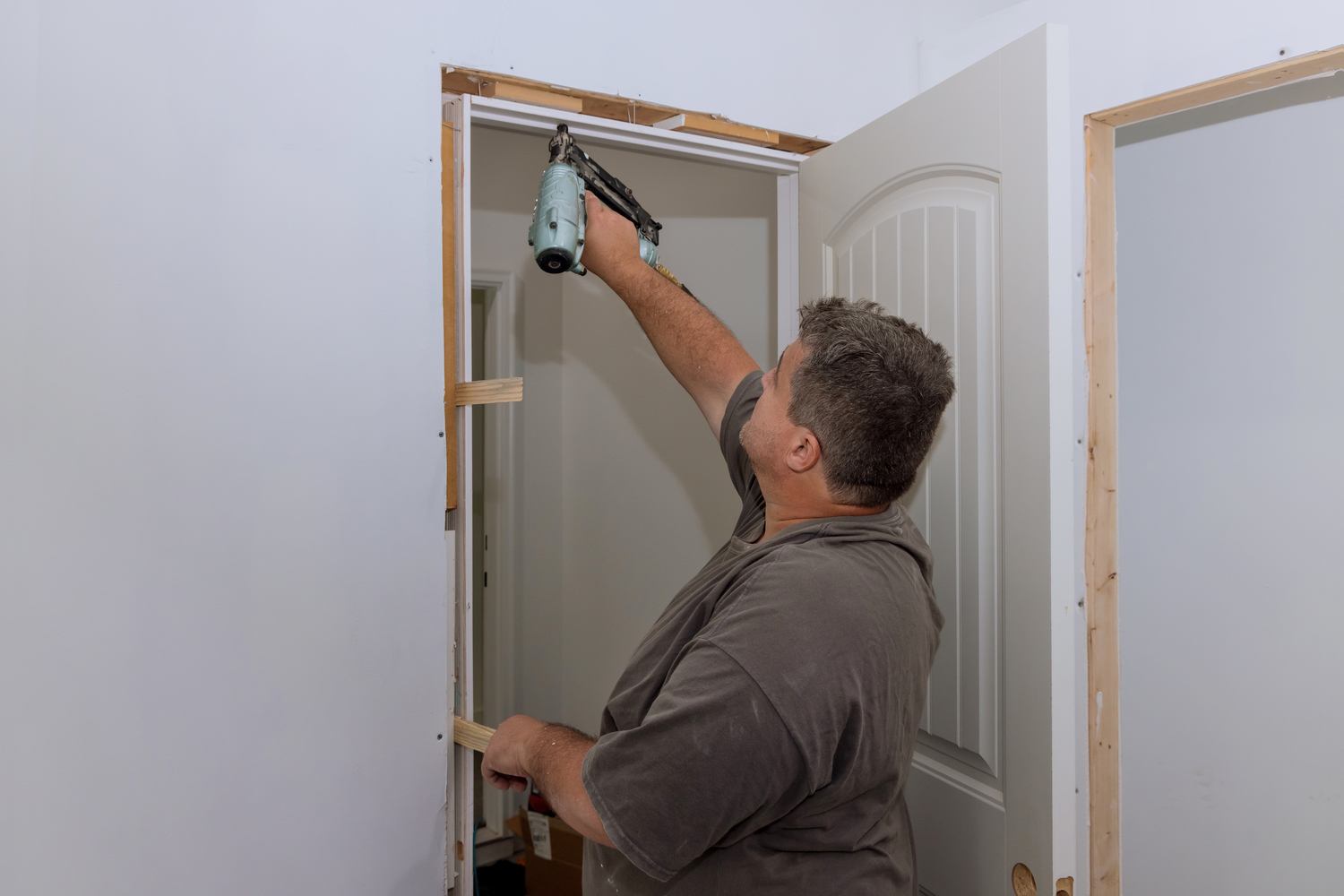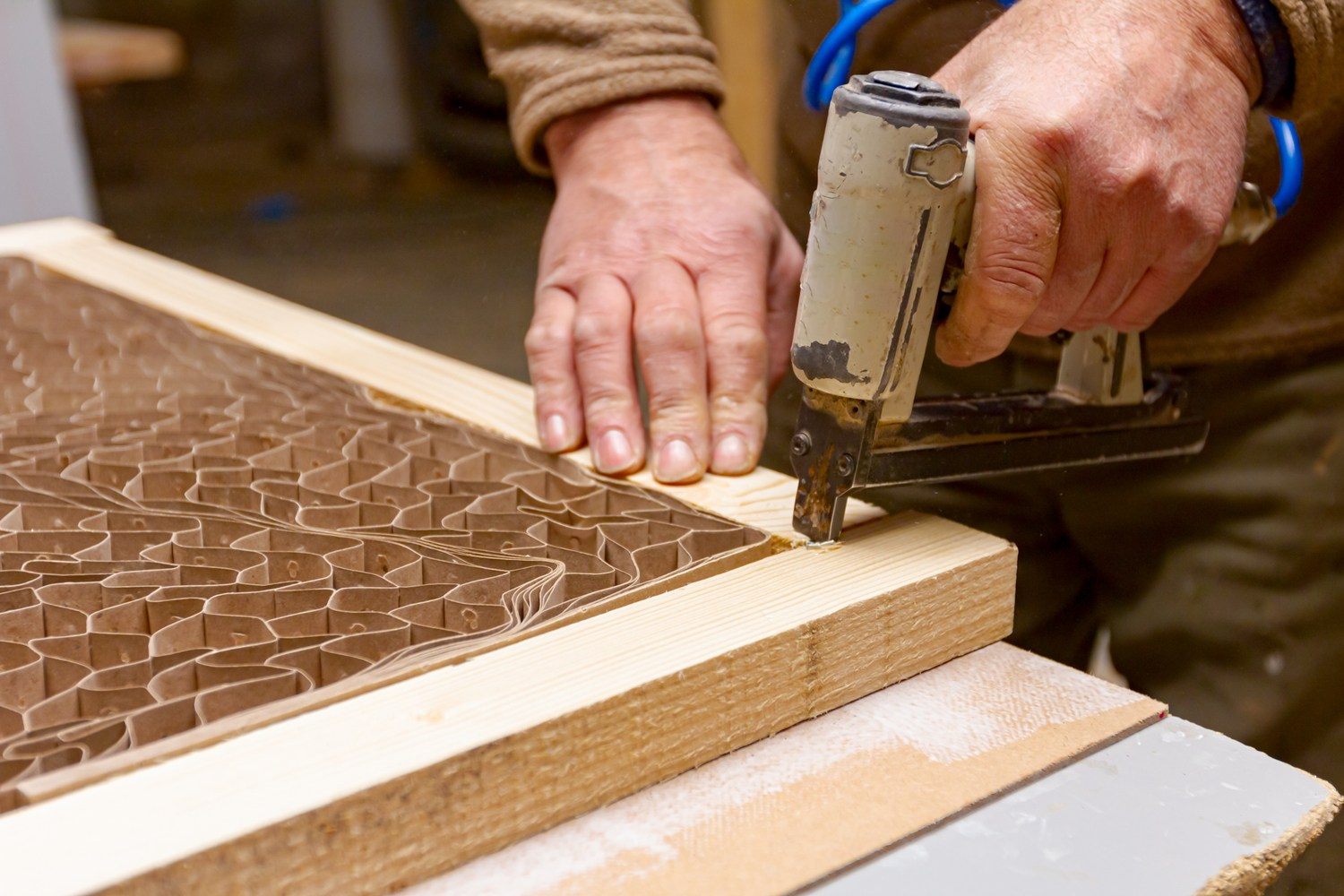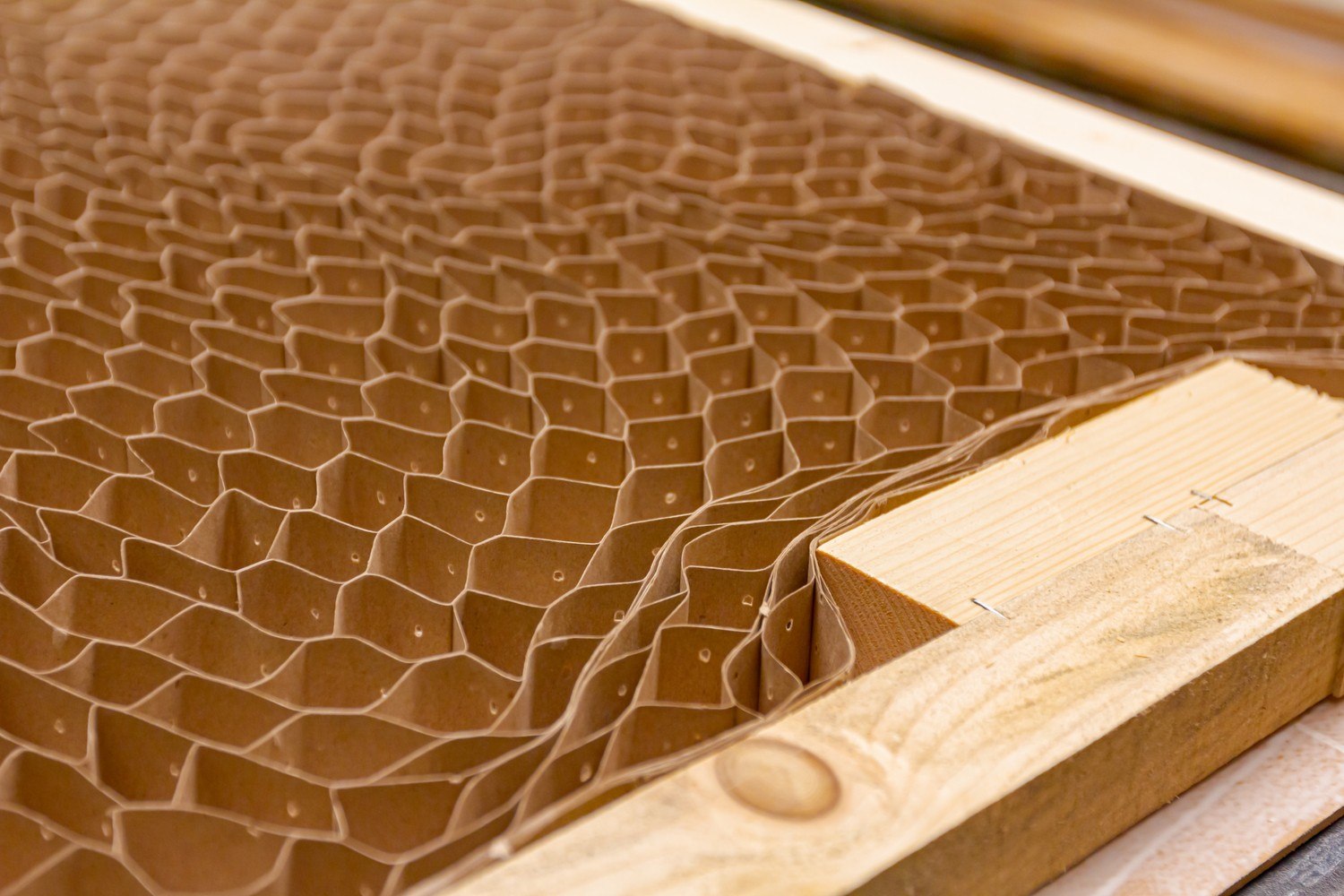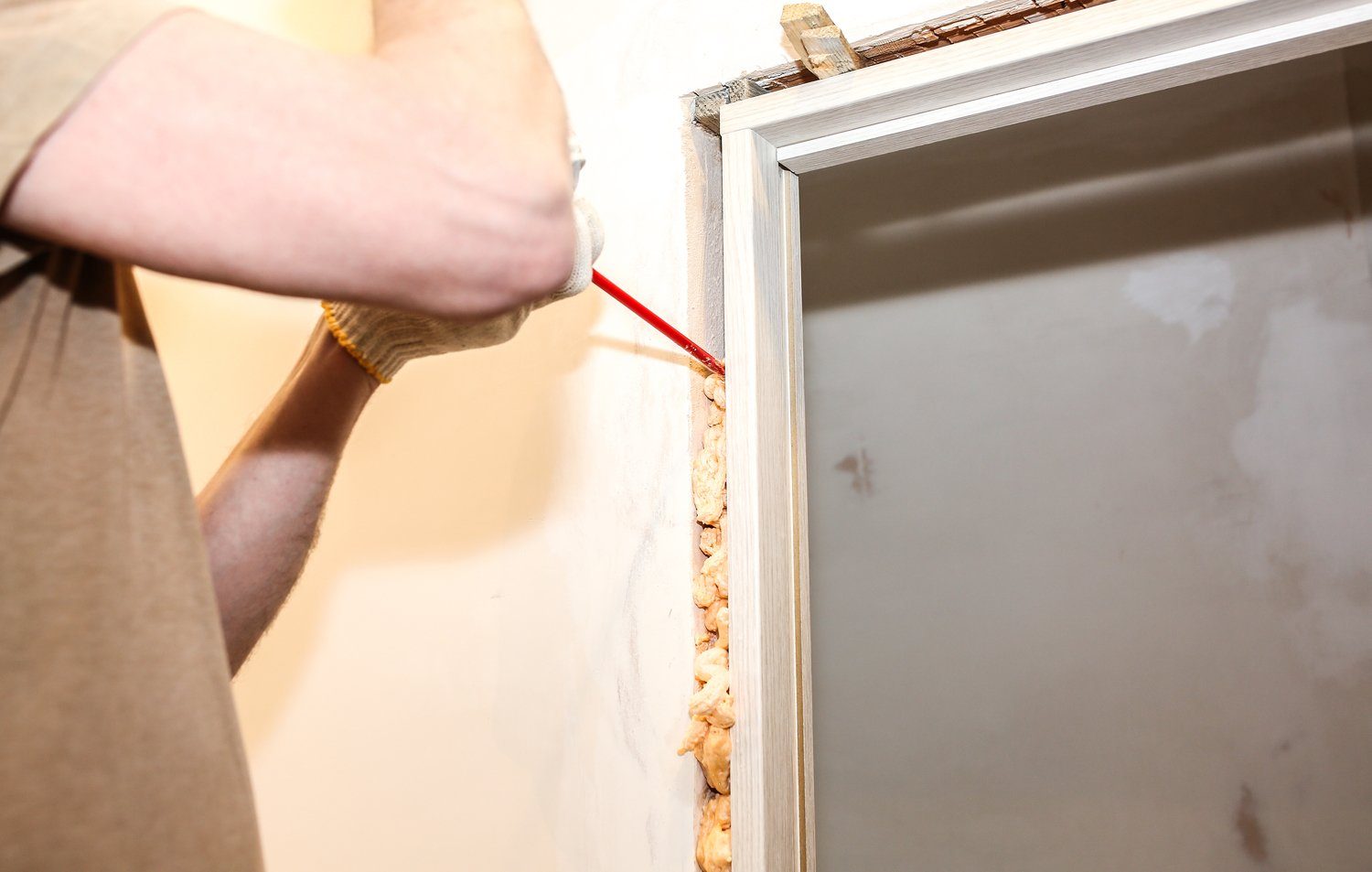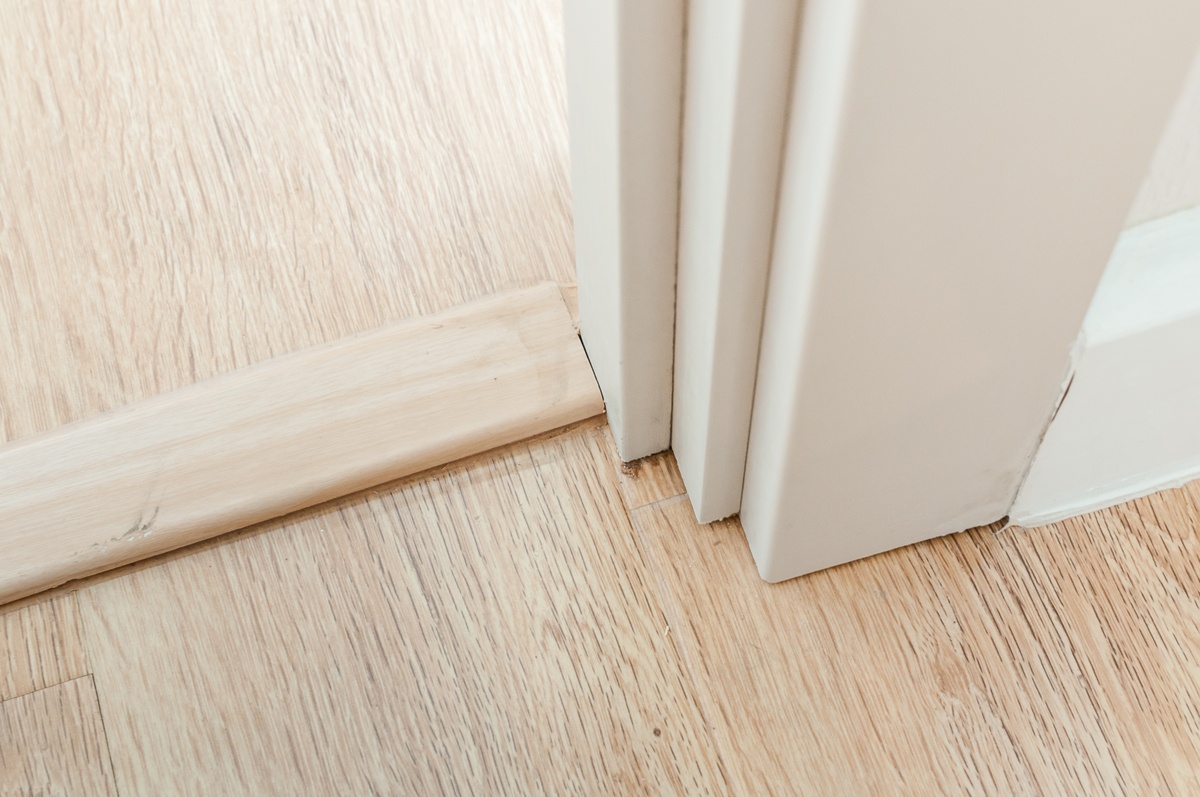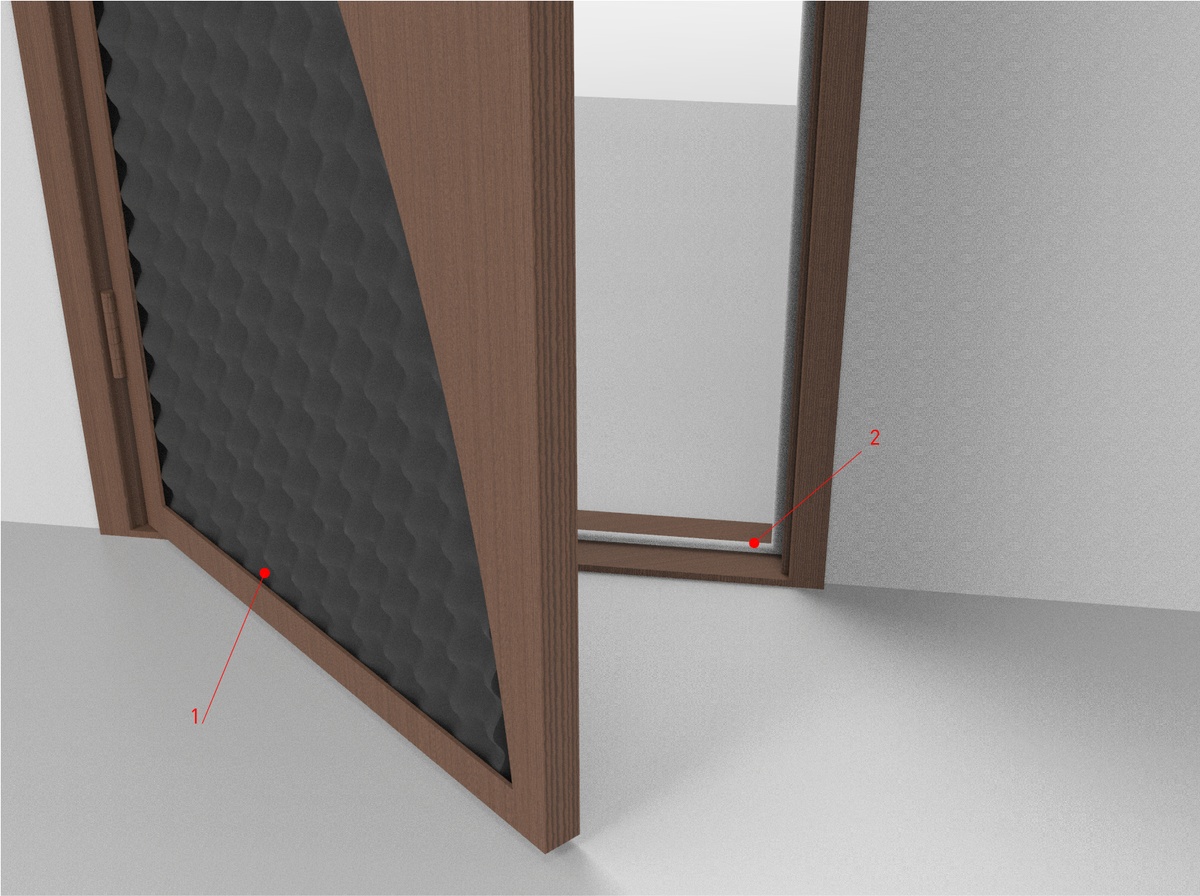How do you soundproof and insulate doors?
Soundproofing and soundproofing a door is one of the most effective measures for reducing unwanted noise between rooms or between indoor and outdoor environments. Doors are often one of the weakest points in a soundproofed construction, and sound can easily penetrate through gaps in the door frame, threshold, and door leaf itself. By using the right materials and methods, you can significantly reduce sound leakage and create a quieter, more secluded environment – whether in your home, office, or public premises.
Why is soundproofing doors important?
Whether you want to reduce disturbing noise from traffic, neighbors, office noise, or other sources, soundproofing doors can be crucial. A well-insulated door:
- Reduces noise and improves the sound environment in the room.
- Increases peace and concentration by blocking distracting noises.
- Improves sleep quality by reducing disturbances from other parts of the home.
- Contributes to better privacy and confidentiality in, for example, offices and conference rooms.
- Can improve energy efficiency by reducing drafts and heat loss.
Effective methods for soundproofing a door
To soundproof a door in the best possible way, a combination of different measures is required. By sealing gaps, using sound-absorbing materials, and choosing the right type of door, the noise level can be significantly reduced.
1. Sealing strips to eliminate sound leakage
Sound easily passes through the smallest openings around the door. To create a sealed construction, you should use:
- Rubber strips or foam sealing strips along the door frame to block sound transmission.
- Bottom strips or automatic thresholds to seal the gap between the door and the floor.
- Door frame seal to ensure that the door closes tightly against the frame when closed.
These measures prevent sound from leaking through small gaps and create a more soundproof door.
2. Soundproof door leaf – replace a thin door
Hollow doors allow sound to pass through much more easily than solid doors. If you have a thin interior door, you can:
- Replace it with a solid wood or MDF door that provides better sound insulation.
- Use a soundproof door with built-in sound-absorbing materials if maximum sound insulation is required.
- Install an extra sound-absorbing panel on your existing door to increase its density and reduce sound transmission.
The heavier and denser the door leaf, the better it blocks sound.
3. Sound-absorbing materials to reduce reflections
To absorb sound bouncing off the door surface, you can use:
- Acoustic panels or sound-absorbing felt mounted on the inside of the door.
- SilentDirect MLV (Mass Loaded Vinyl) to increase the soundproofing properties of the door.
- Sound-absorbing textiles or heavy curtains hung over the door to reduce sound reflections.
These solutions are particularly useful in offices, recording studios, or bedrooms where noise levels need to be minimized.
4. Door enclosure for extreme sound insulation
In environments where sound must be completely blocked, such as studios, server rooms, or conference rooms, a door enclosure may be necessary. This means that the door is surrounded by:
- A multi-layer construction with sound-absorbing material.
- An air gap between two door leaves to minimize sound transmission.
- Extra sealing with acoustic foam and vibration-damping material.
This solution is often used in professional soundproofed environments where total sound control is required.
The benefits of soundproofing doors
By soundproofing a door, you can achieve several important benefits:
Reduced sound penetration
Blocks disturbing noise from other rooms or outdoors.
Improved privacy and integrity
Important in office environments, meeting rooms, and bedrooms.
Increased peace and productivity
Fewer distractions and better focus in quiet environments.
Higher property value
A well-insulated home or workplace becomes more attractive on the market.
Better energy efficiency
Sealed doors prevent draughts and reduce heating costs.
By combining the right measures, you can minimize sound transmission and create a more comfortable and quiet environment.





